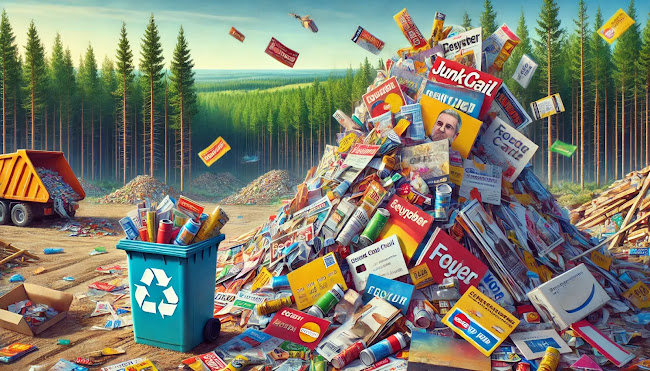The Real Cost of Healthy Eating vs. Processed Foods & How to Save

If You're Going to Be Special, You're Going to Pay: The Cost of Eating Healthy vs. Processed Foods Eating healthy is often perceived as a luxury. When compared to highly processed foods, fresh, organic, and whole foods tend to be more expensive. But why? And more importantly, how can you eat well without breaking the bank? Let’s explore the hidden costs of processed foods, why healthy eating costs more, and how you can make sustainable choices without overspending. Illustration comparing the cost of healthy eating vs. processed foods, featuring fresh produce and fast food with a dollar sign emphasizing price differences. Why Healthy Eating Costs More 1. Higher Quality Ingredients Whole foods, organic produce, and sustainably sourced proteins require careful production, transportation, and storage. Unlike processed foods packed with artificial additives and preservatives, fresh food has a higher cost due to its superior nutritional value and minimal chemical processing. 2...












